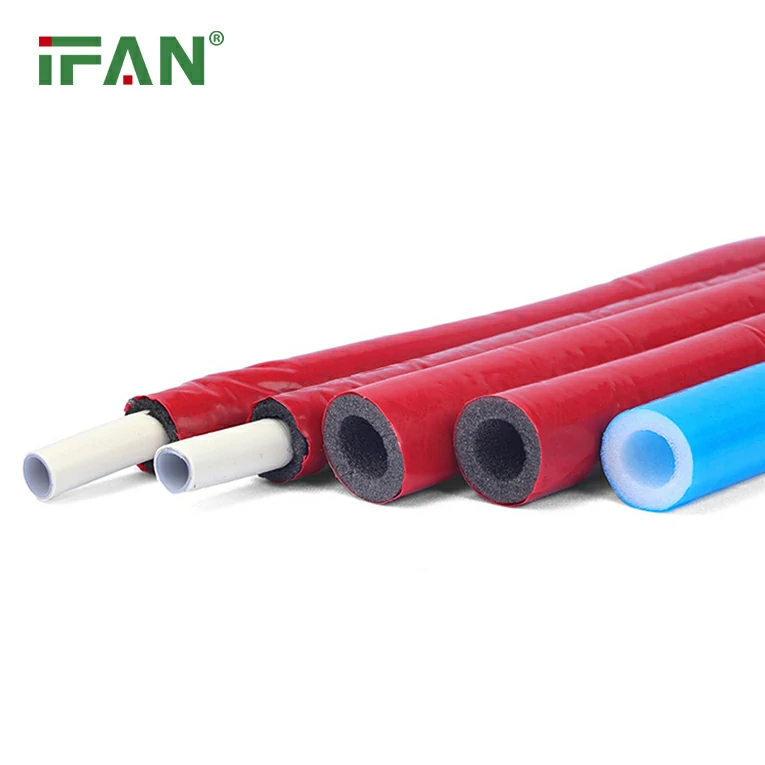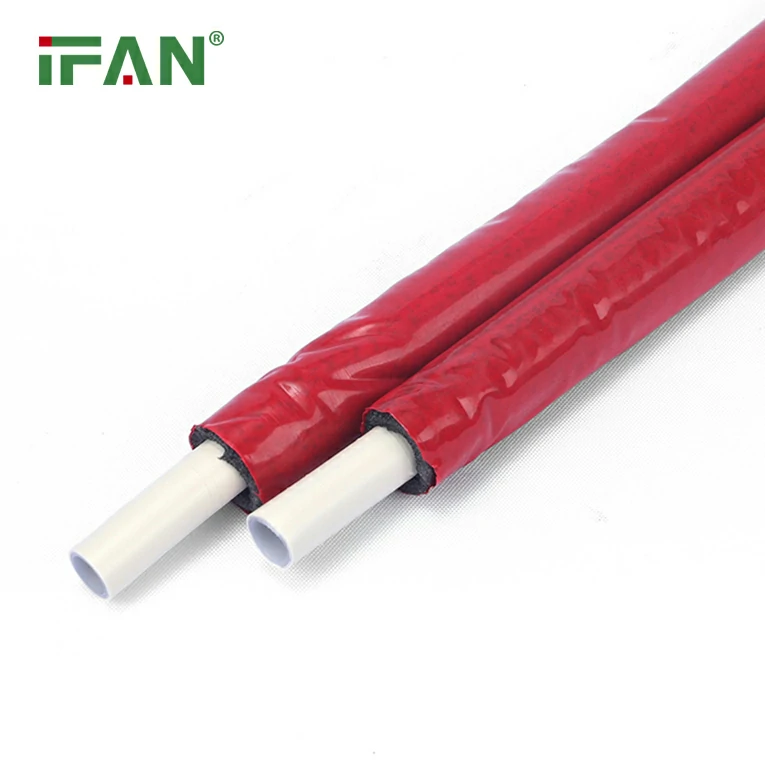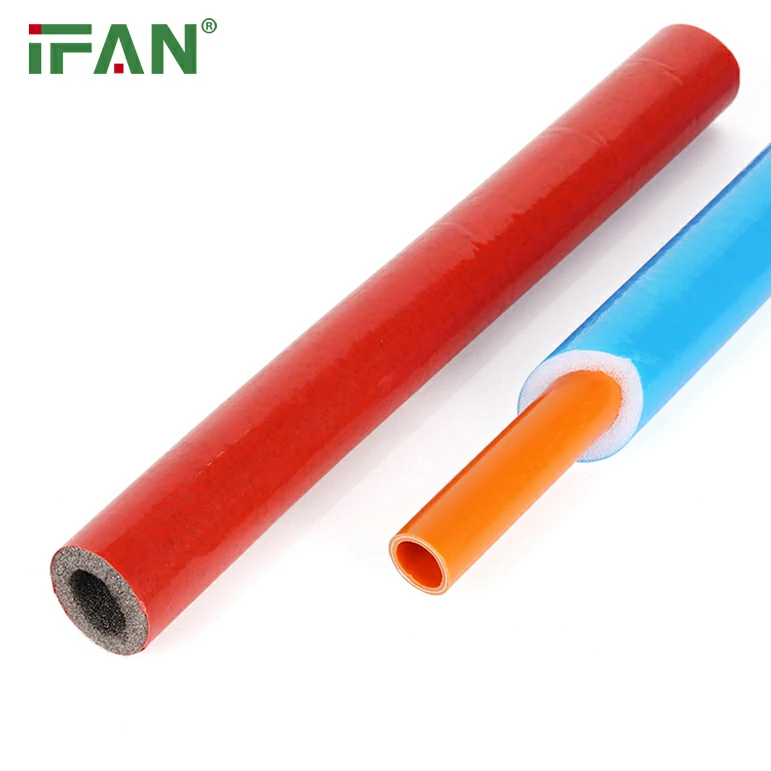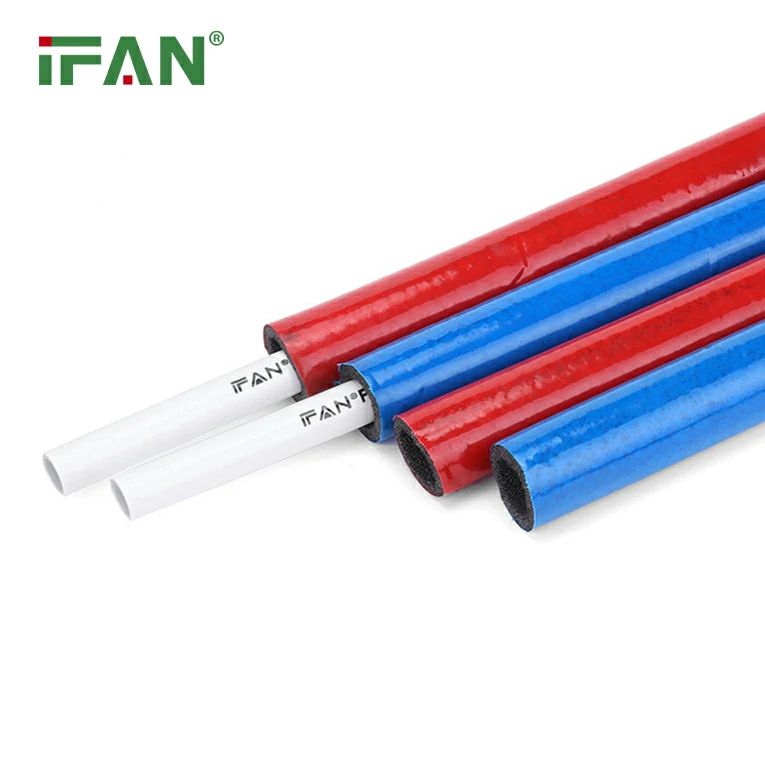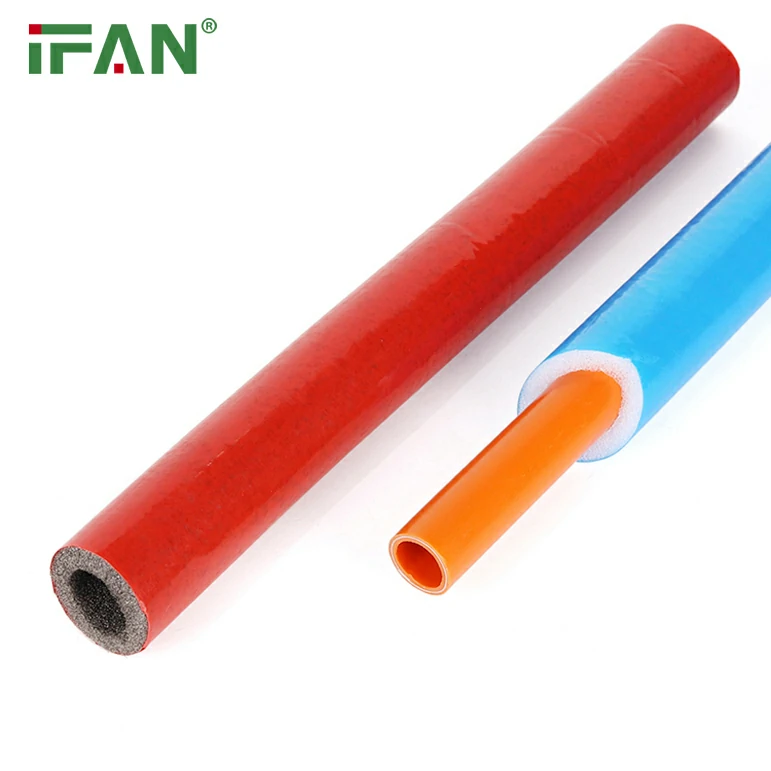How to Install PPR Fittings Like a Pro
If you want a durable and reliable plumbing system, PPR pipes and fittings are excellent options. Made from advanced polypropylene materials, PPR fittings offer many advantages that traditional metal and PVC fittings cannot match.
In this article, we will look at the special features, functions, advantages, and value of PPR fittings and show you how to install them like a pro. We will also provide tips and guidelines for selecting the right PPR fittings for your particular needs.
Special Features of PPR Fittings
PPR fittings have many unique features that distinguish them from other types of fittings. These include:
- Resistance to high temperatures and pressures – PPR fittings can safely handle temperatures up to 95°C and pressures up to 25 bars, making them ideal for hot water and central heating applications.
- Corrosion resistance – PPR fittings are highly resistant to corrosion and chemical attacks, hence can be used in aggressive or corrosive environments.
- Low thermal conductivity – PPR fittings have low thermal conductivity, which means they can conserve heat and energy, making them ideal for green buildings and energy-efficient homes.
- Easy installation – PPR fittings are easy to install, with a simple and reliable fusion welding system that ensures leak-proof joints.
- Long lifespan – PPR fittings can last up to 50 years, with little maintenance required.
Functions of PPR Fittings
PPR fittings perform a variety of functions in plumbing systems, such as:
- Connecting sections of pipes together
- Diverting or controlling the flow of water or other fluids
- Changing the direction or shape of the pipes
- Joining pipes of different sizes or materials
- Tapping into existing pipes for new connections
Advantages of PPR Fittings
PPR fittings offer several advantages over traditional metal and PVC fittings, including:
- Durability and reliability – PPR fittings are more durable and reliable than other fittings, thanks to their resistance to high temperatures, pressures, and corrosion.
- Low maintenance – PPR fittings require little maintenance, saving you time and money in the long run.
- Safe and healthy – PPR pipes and fittings are hygienic and safe for drinking water, as they do not contain harmful chemicals or toxins.
- Environmentally friendly – PPR fittings are recyclable and can help reduce your carbon footprint.
- Cost-effective – PPR fittings are more cost-effective than copper and other metal fittings, as they are cheaper and easier to install.
Value of PPR Fittings
PPR fittings provide excellent value for residential, commercial, and industrial plumbing systems. They offer superior performance, longevity, convenience, and cost-effectiveness, making them a smart investment for any building project. By choosing PPR fittings, you can have peace of mind knowing that you have a reliable and efficient plumbing system that meets all your needs and exceeds your expectations.
How to Install PPR Fittings Like a Pro
To install PPR fittings like a pro, follow these simple steps:
- Prepare the pipes – Cut the pipes to the desired length and deburr the edges with a scoring tool. Clean the pipes and fitting sockets with a clean cloth.
- Heat the pipes and fittings – Use a PPR welding machine to heat the pipes and fittings to the proper temperature for fusion welding.
- Weld the pipes and fittings – Insert the pipes into the fitting sockets and hold them in place until the welding is complete. Check for leaks and adjust the joints if necessary.
- Test the system – Run water through the system to check for leaks, pressure drops, or any other issues. Make any necessary adjustments or repairs.
Choosing the Right PPR Fittings
When choosing PPR fittings, consider the following factors:
- Type of application – Choose fittings that are designed for your intended application, such as hot water or cold water.
- Size and shape – Select fittings that match the size and shape of your pipes, and those that can handle the required flow rate and pressure.
- Brand and quality – Choose fittings from reputable brands that meet international quality standards, such as ISO, DIN, or ASTM.
- Compatibility – Ensure that the fittings are compatible with the pipes you are using, and that they form tight and secure joints.
Conclusion
PPR fittings are excellent choices for plumbing systems that require durability, reliability, and efficiency. By understanding their features, functions, advantages, and value, and by following the proper installation guidelines, you can have a plumbing system that meets all your needs and exceeds your expectations.
Meta Description: Discover how to install PPR fittings like a pro and enjoy the advantages of durable, reliable, and cost-effective plumbing systems.

